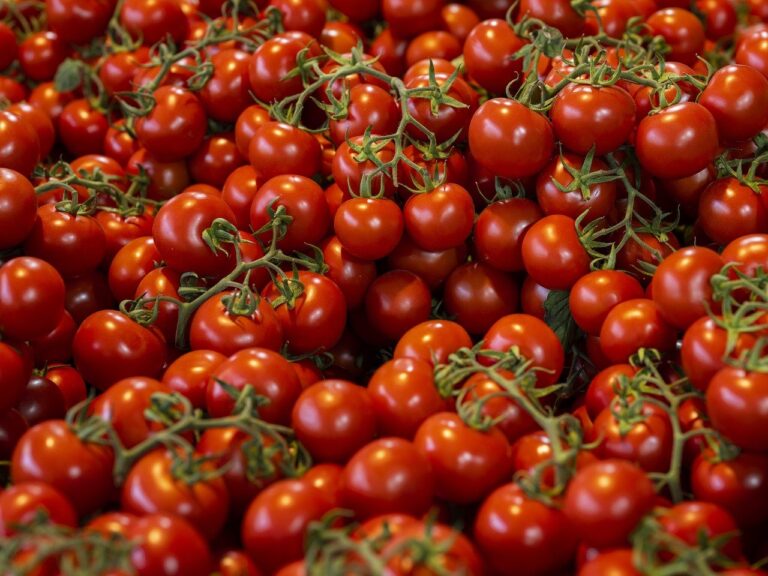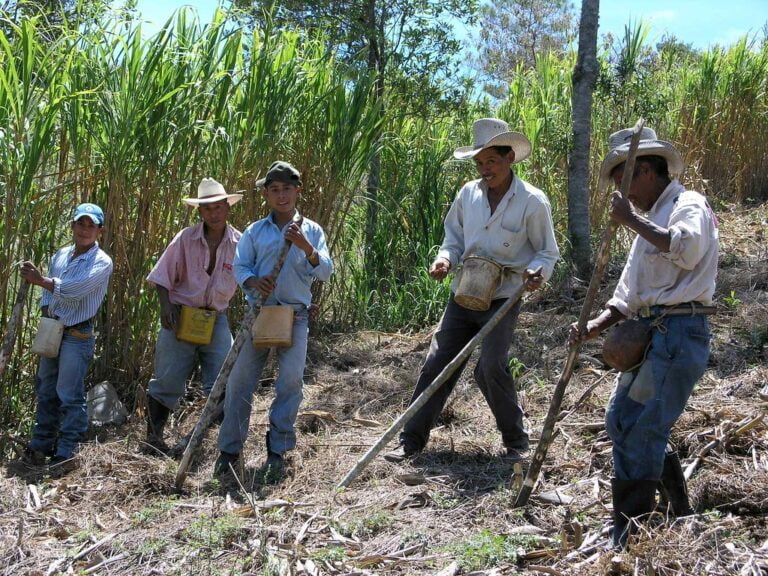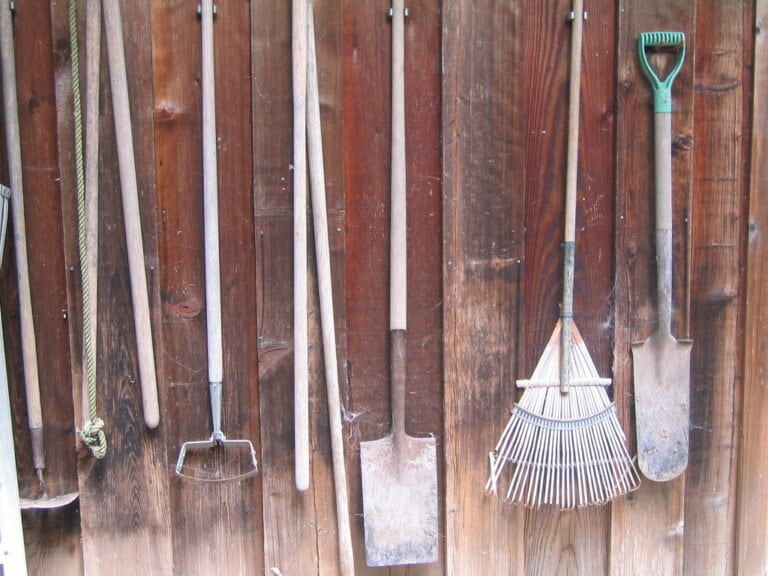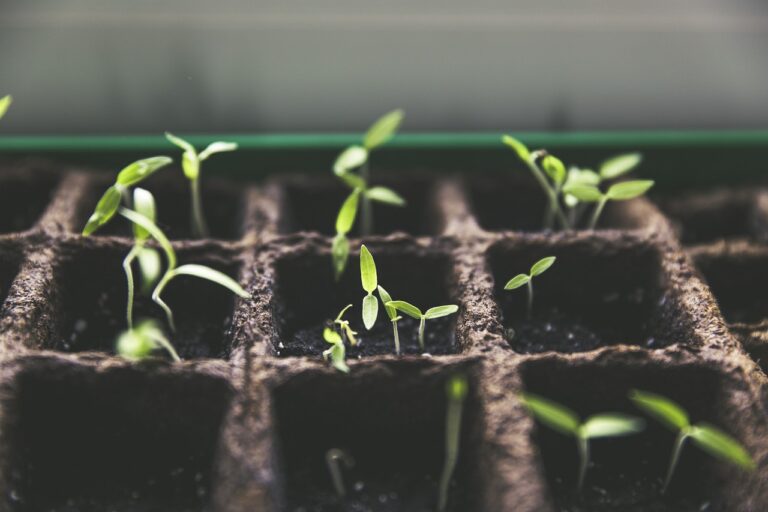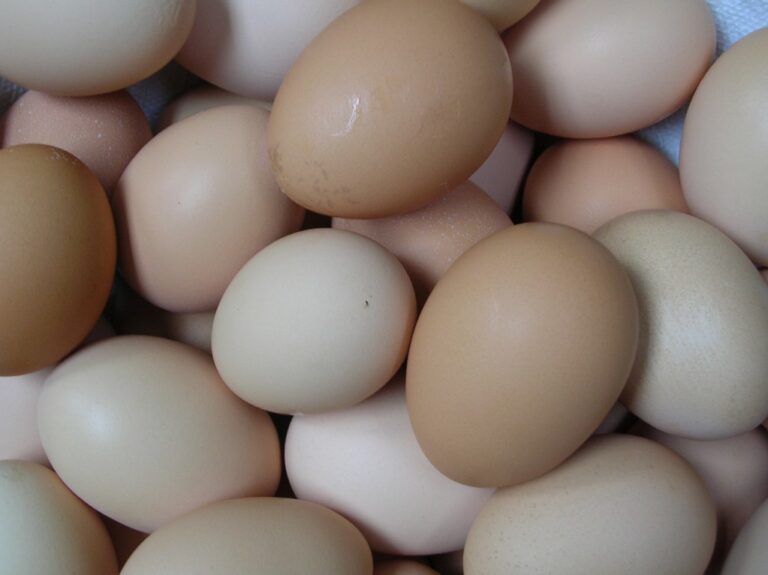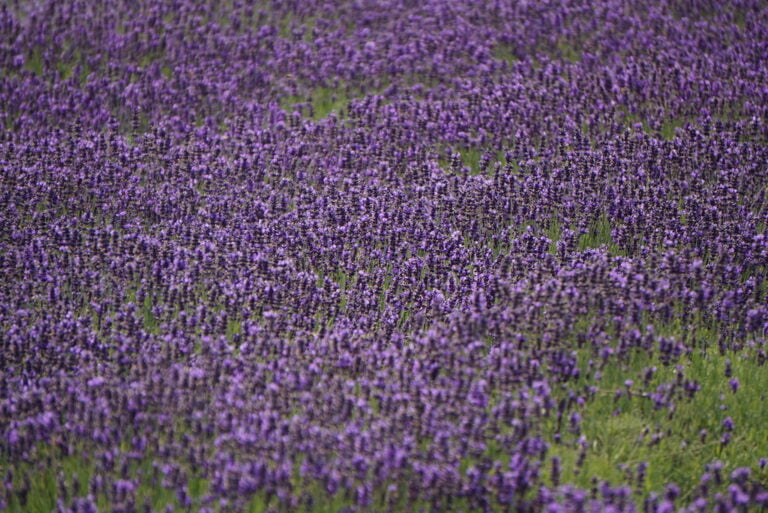A Comprehensive Guide to Harvesting Sunflower Seeds
I find that harvesting sunflower seeds between July and October, when the back of the flower head turns yellowish-brown, is essential for ensuring the best ripeness and preventing seed loss. Checking for firmness in the seed shells, observing petal drying, and using proper techniques such as cutting flower heads at the right time are necessary. Storing seeds in a cool, dark place in airtight containers is key for freshness. Remember, successful sunflower seed harvesting involves careful observation and proper timing for the best results.
Timing for Harvesting Sunflower Seeds
When determining the best timing for harvesting sunflower seeds, observe the yellow-brown color change on the back of the flower head as a key indicator of ripeness. This color change signifies that the seeds are mature enough for harvesting. Sunflower seeds are typically ready for harvest between July and October, depending on the specific variety and growing conditions. To guarantee top seed quality, it is essential to wait until the flower head has dried and the back has turned a yellowish-brown color.
To harvest sunflower seeds, begin by cutting the flower head from the plant. If you intend to collect the seeds for consumption or planting, it is advisable to cut the sunflower head before it is completely dry to prevent seed shattering. Once you have removed the flower head, gently scrape off the dried petals surrounding the center disk. This will reveal the seeds nestled in the disk’s intricate pattern. The mature seeds will be plump and easily detach from the head.
Signs of Sunflower Seed Ripeness
When assessing the ripeness of sunflower seeds, it is vital to observe the seed color change to a yellow/brown hue. Feeling the firmness of the seed shells and checking for the drying out of the petals are key indicators of readiness for harvest. These signs signify that the seeds are mature and prime for collection to guarantee top quality and flavor preservation.
Seed Color Change
Observing the shift from green to yellow on the back of a sunflower head marks the crucial stage of seed ripeness in sunflowers. When determining the ripeness of sunflower seeds, pay close attention to the following signs:
- Color Shift: The back of the sunflower head changes from green to yellow-brown.
- Calyx Alteration: The calyx surrounding the seeds also shifts to a yellowish-brown hue.
- Texture and Plumpness: Ripe seeds will have a hardened texture and appear plump inside the flower head.
- Maturity Indication: Harvest sunflower seeds once the color shift indicates maturity for best flavor and seed quality.
Monitoring these visual cues will ensure that you harvest sunflower seeds at their peak ripeness.
Firm Seed Shells
To determine the ripeness of sunflower seeds, assess the firmness of their shells as a key indicator of readiness for harvesting. Mature sunflower seeds have firm shells that are hard and unyielding to pressure. When seeds reach peak maturity, their shells become tough and resistant, indicating that they are ripe for harvest. Ripe sunflower seeds will not dent or easily yield to light pressure when squeezed. It’s crucial to wait until the seed shells are hard and no longer pliable before harvesting to guarantee that the seeds have fully developed. Remember, firm seed shells are a clear sign that the sunflower seeds are ready to be collected for storage or consumption.
Petal Drying Out
As the sunflower’s petals dry out and fall away, the ripeness of the seeds inside becomes more apparent. When checking for seed maturity, pay close attention to the following signs on the sunflower head:
- Petals Drying Out: Watch as the vibrant petals of the sunflower gradually dry up and wither away, revealing the seeds nestled within.
- Seed Ripeness: The drying and wilting of the petals signify that the seeds have reached a mature stage and are ready for harvesting.
- Back of the Sunflower Head: Observe the back of the sunflower head for indications of seed maturity, such as yellowing and browning, signaling the ideal time for seed collection.
- Loose Seeds: Gently shake the sunflower head to check for loose seeds that easily detach, confirming their readiness for harvesting.
Seed Harvesting Methods
When it comes to harvesting sunflower seeds, timing is essential for ideal results. Techniques for removing seeds efficiently and effectively play a significant role in the process. Proper drying and storing methods guarantee the longevity and quality of the harvested seeds.
Time for Harvesting
When harvesting sunflower seeds, it is important to look for specific indicators of ripeness such as a high-quality seed quality. Here are some essential steps to guarantee successful seed harvesting:
- Timing: Sunflowers are typically ready for seed harvest 80-140 days after sowing, usually between July and October.
- Cutting: Flower heads can be cut before complete drying, ensuring ideal seed development.
- Drying: To harvest seeds effectively, gently scrape off dried petals from the center disk of the sunflower head.
- Ripe Seeds: Ensure seeds are fully ripe by checking for the yellowish-brown calyx and brown back of the head before harvesting.
Seed Removal Techniques
To effectively remove sunflower seeds, consider employing various techniques that facilitate efficient harvesting and seed collection. Rubbing sunflower heads together or using a stiff brush can help dislodge mature seeds easily. Hanging the flower heads to dry is another method that allows for seeds to be collected effortlessly later on. Handpicking seeds from dried sunflower heads provides a more precise harvest, guaranteeing only mature seeds are collected. Using a wire screen to rub dried sunflower heads can also help release seeds efficiently. It is important to make sure that the seeds are completely dry before storage or roasting to maintain their quality. These techniques can streamline the seed removal process and enhance the overall harvest experience.
Drying and Storing
For efficient seed harvesting methods, it is essential to clip sunflower heads and hang them indoors with proper ventilation for drying. When drying sunflower heads, follow these steps:
- Prepare the Heads: Remove leaves and pests from the heads before hanging them up.
- Secure Hanging: Use twine to securely hang the sunflower heads during the drying process.
- Catch Seeds: Place paper bags underneath to catch any seeds that may fall during drying.
- Storage: After drying, store the seeds in a cool, dry place using breathable containers to prevent mold growth.
Seed Drying Techniques
I recommend hanging sunflower heads indoors or outdoors to dry thoroughly before harvesting the seeds. To start the process, clip the sunflower heads from the stalk, making sure no leaves or pests remain attached. Using twine, hang the sunflower heads in a location with good air circulation. This step is essential for efficient drying. Paper bags can be placed underneath to catch any seeds that may fall during the drying period. It is important to avoid using plastic bags or containers as they can promote mold growth.
When drying sunflower seeds, consider the environment. If you have volunteer sunflowers in your garden, take advantage of their presence by allowing them to dry naturally in the sun. For those without this option, hanging the sunflower heads in a well-ventilated area indoors works just as well. Ensure the location is dry and not prone to humidity, as moisture can cause the seeds to spoil.
Sunflower Seed Storage Tips
Storing sunflower seeds properly is crucial to maintain their freshness and flavor for an extended period. When it comes to sunflower seed storage, following these tips will help guarantee your harvest stays delicious and nutritious:
- Use Airtight Containers: Transfer your harvested sunflower seeds into airtight containers to protect them from exposure to air, which can cause them to go rancid quickly. Mason jars or food-grade plastic containers work well for this purpose.
- Keep in a Cool, Dark Place: Store the airtight containers in a cool, dark place like a pantry or cupboard. Avoid placing them near heat sources or in direct sunlight, as this can compromise their nutritional value and lead to spoilage.
- Protect from Moisture: Moisture is the enemy when it comes to sunflower seed storage. Make sure the containers are completely dry before adding the seeds, and consider using a desiccant packet to absorb any excess moisture that may be present.
- Regularly Check for Spoilage: Even when stored correctly, it’s crucial to periodically check your stored sunflower seeds for any signs of spoilage. If you detect off smells or notice mold growth, discard the seeds immediately to prevent any health risks. By following these storage tips, your sunflower seeds can remain fresh and flavorful for up to a year.
Sunflower Seed Usage Ideas
To explore creative ways to uncover the potential of sunflower seeds, let’s venture into innovative sunflower seed usage ideas that can enhance your culinary experiences and promote a healthier lifestyle. Sunflower seeds are a nutritional powerhouse, packed with vitamin E, healthy fats, and antioxidants. One exciting way to enjoy sunflower seeds is by creating your own sunflower seed butter. This delicious alternative to traditional nut butter is not only tasty but also nutrient-rich, perfect for spreading on toast or incorporating into smoothies.
Incorporating sunflower seeds into your diet can have significant health benefits. These seeds may help lower cholesterol levels and aid in weight management due to their exceptional nutritional profile. Add sunflower seeds to salads, baked goods, granola bars, and other dishes to boost both flavor and nutritional content.
Beyond personal consumption, consider using sunflower seeds to attract wildlife and birds to your outdoor space. Feeding birds with sunflower seeds can bring a variety of beautiful and beneficial creatures to your garden. It’s a simple way to connect with nature and enjoy the presence of wildlife while contributing to their well-being.
Incorporating sunflower seeds into your daily routine through various recipes and wildlife feeding can not only elevate your culinary experiences but also contribute to a healthier lifestyle.

